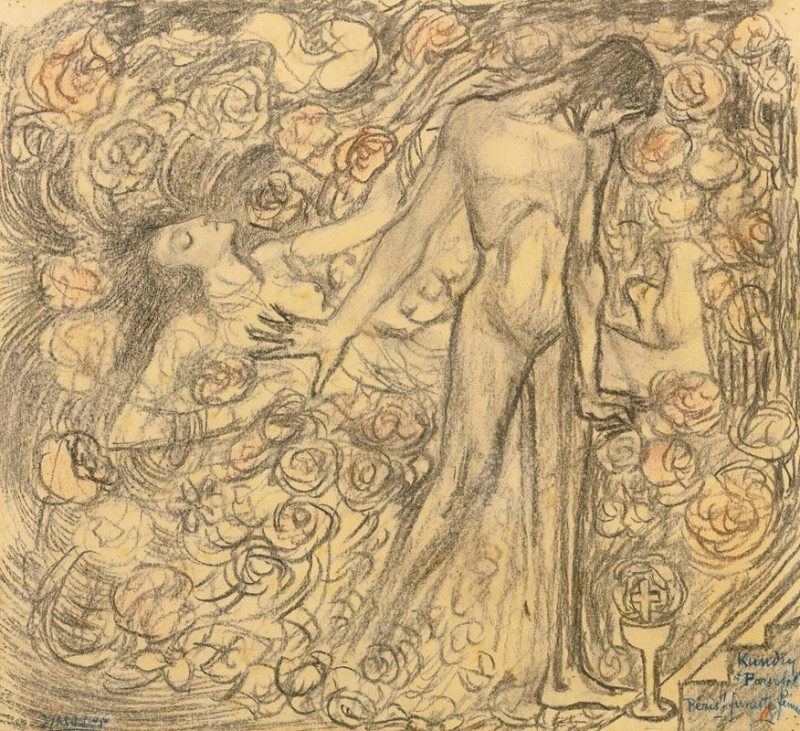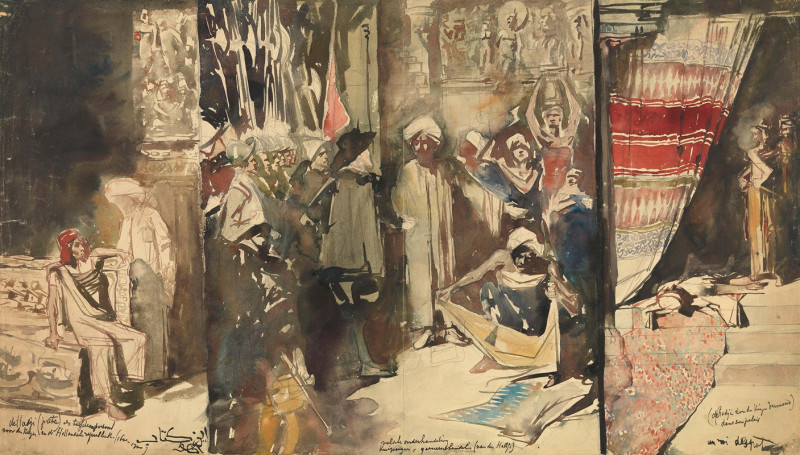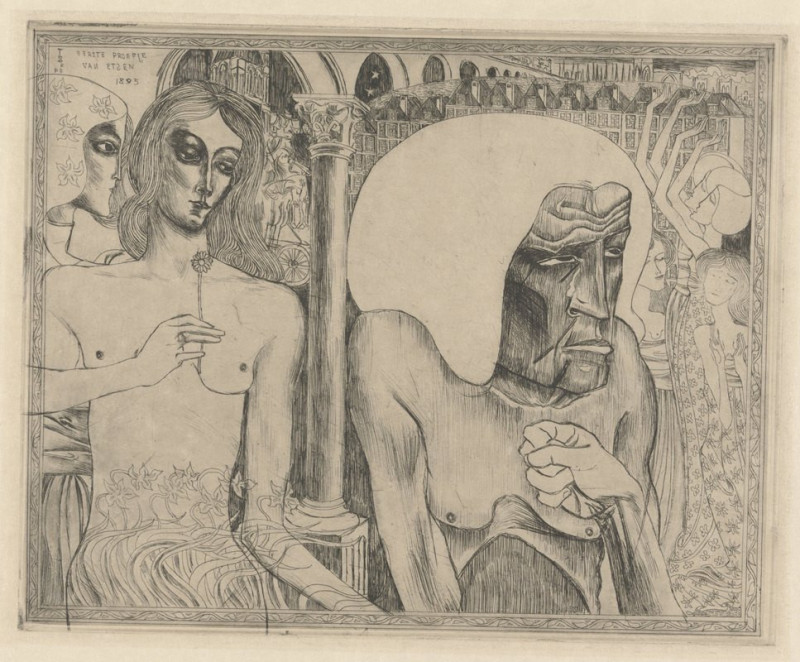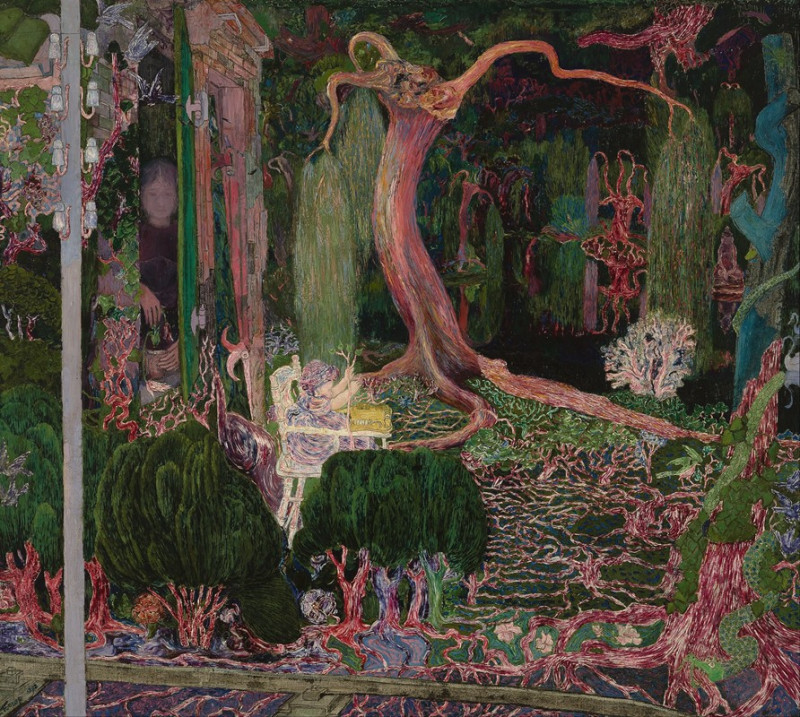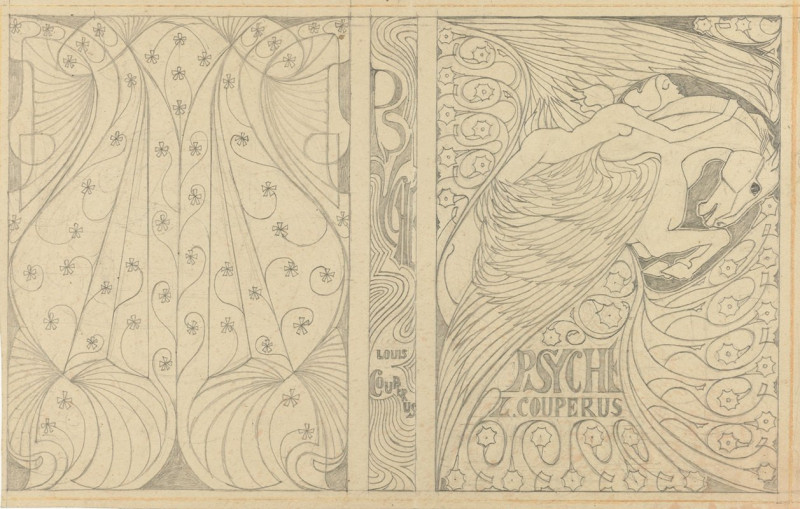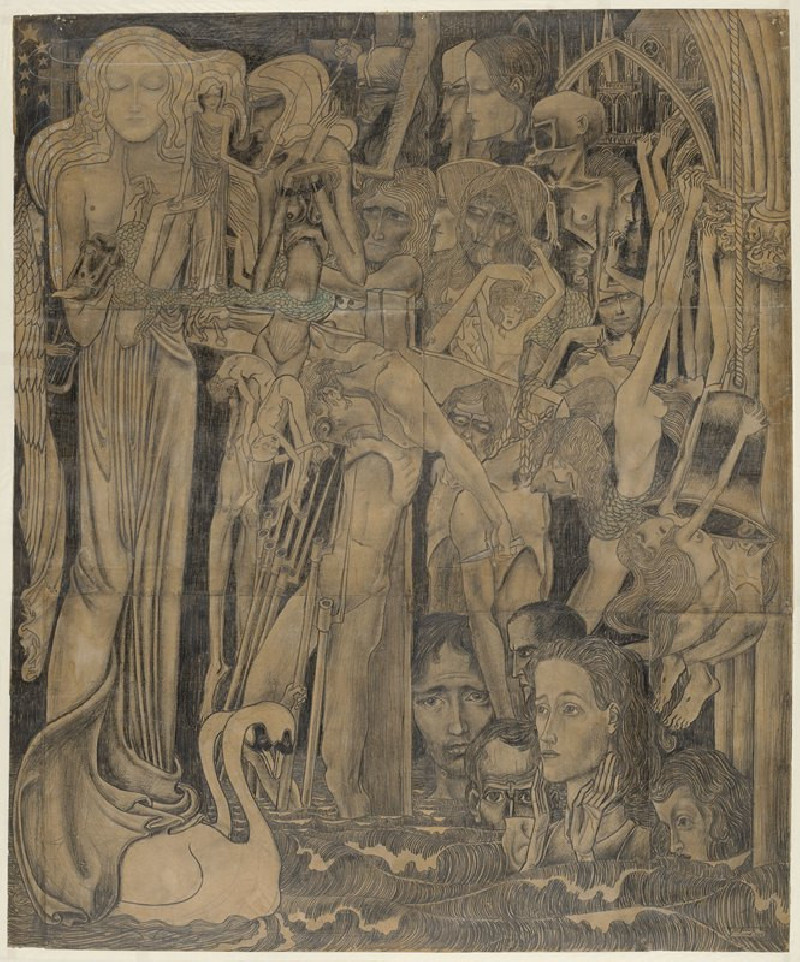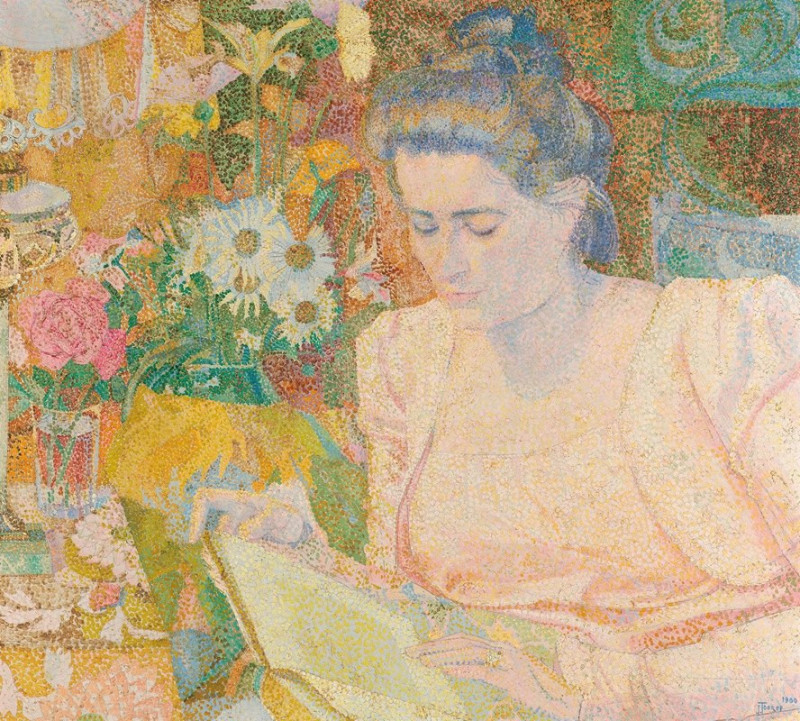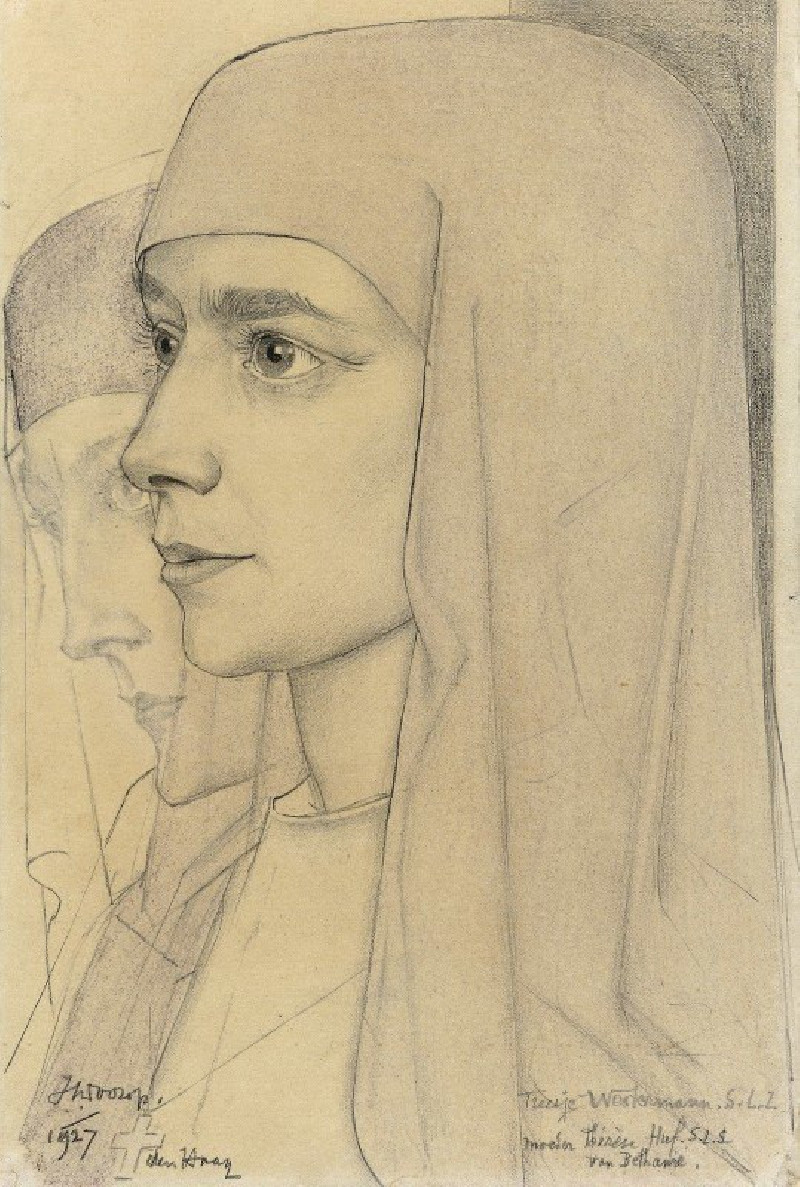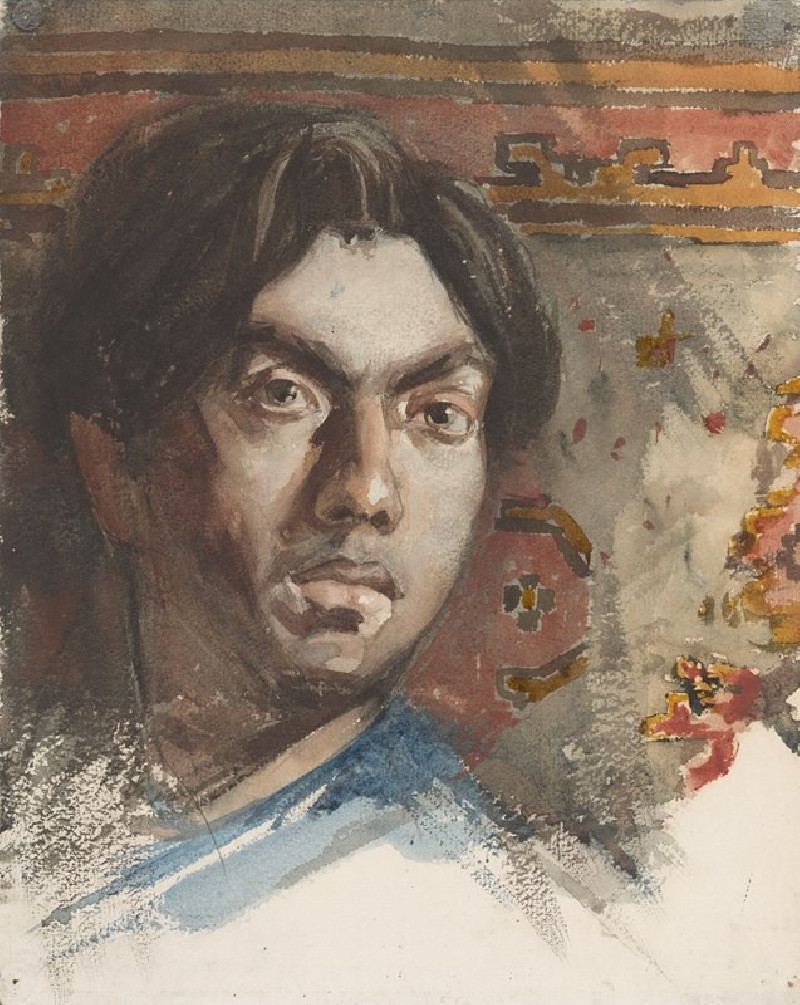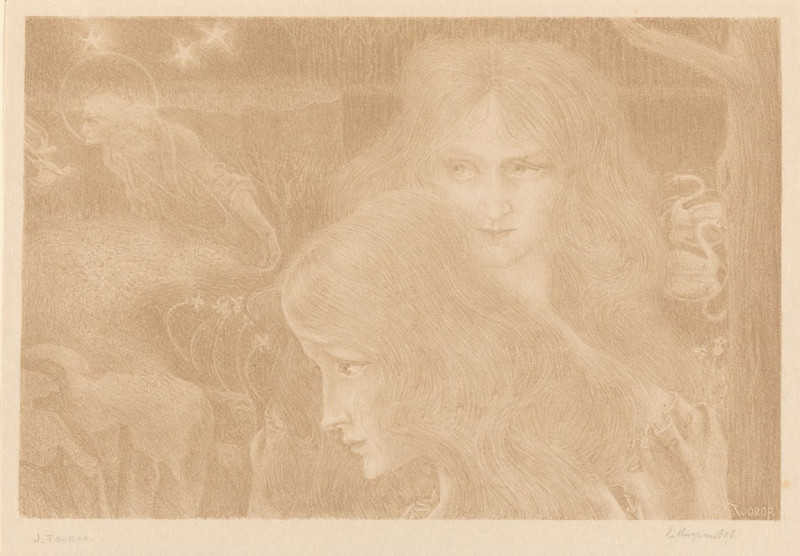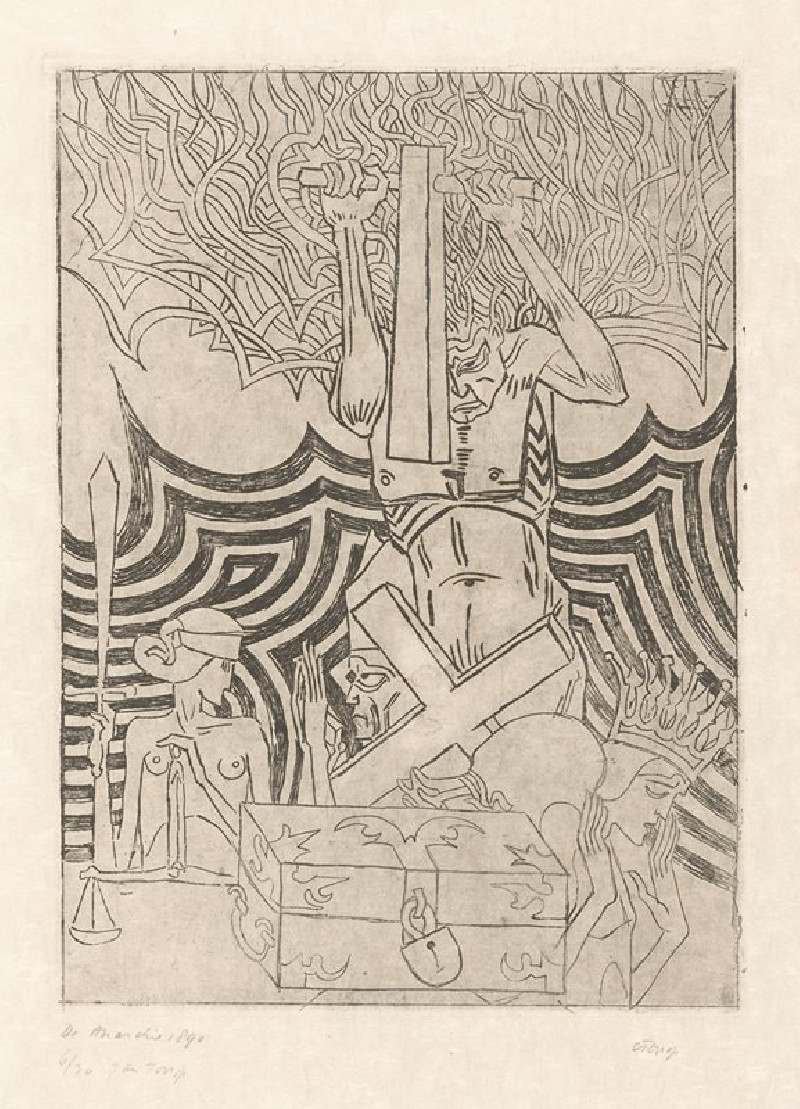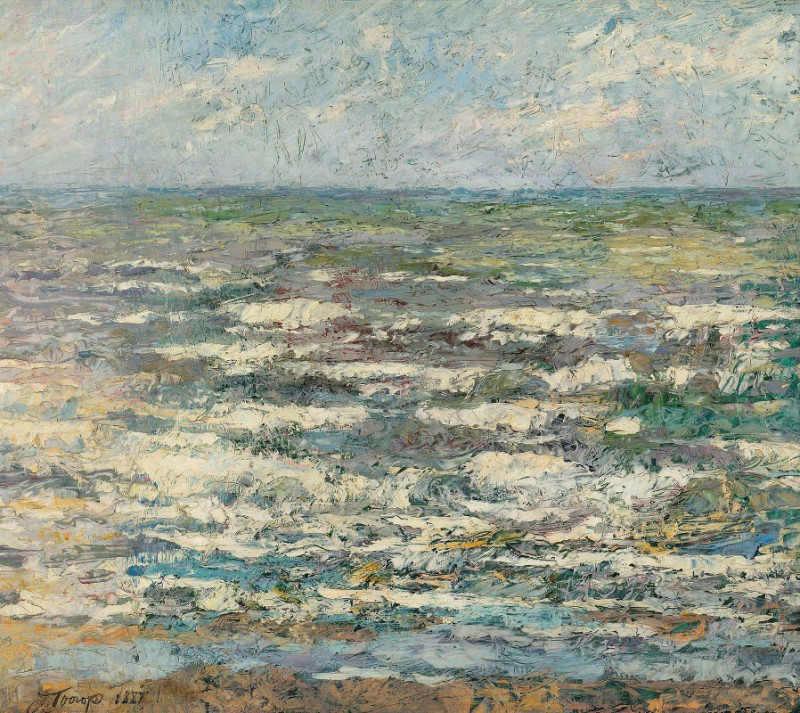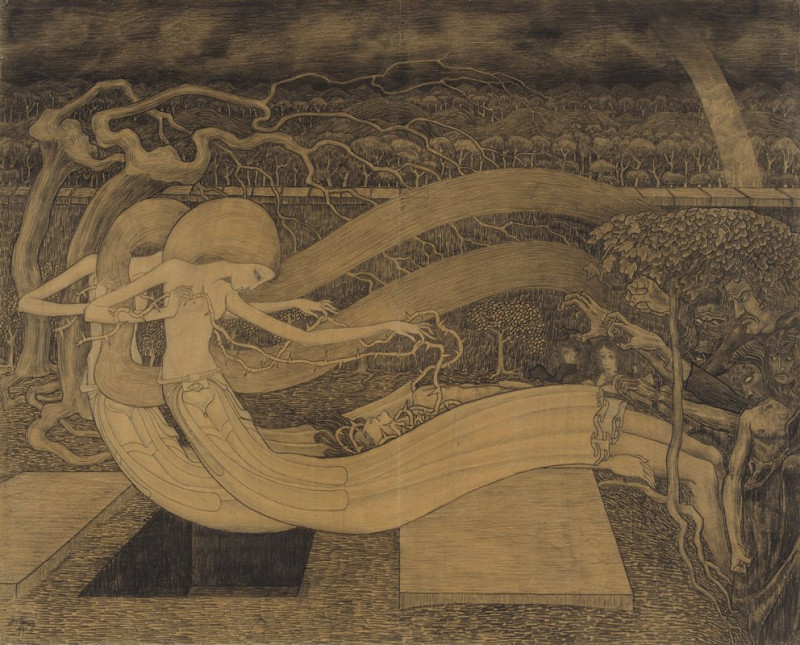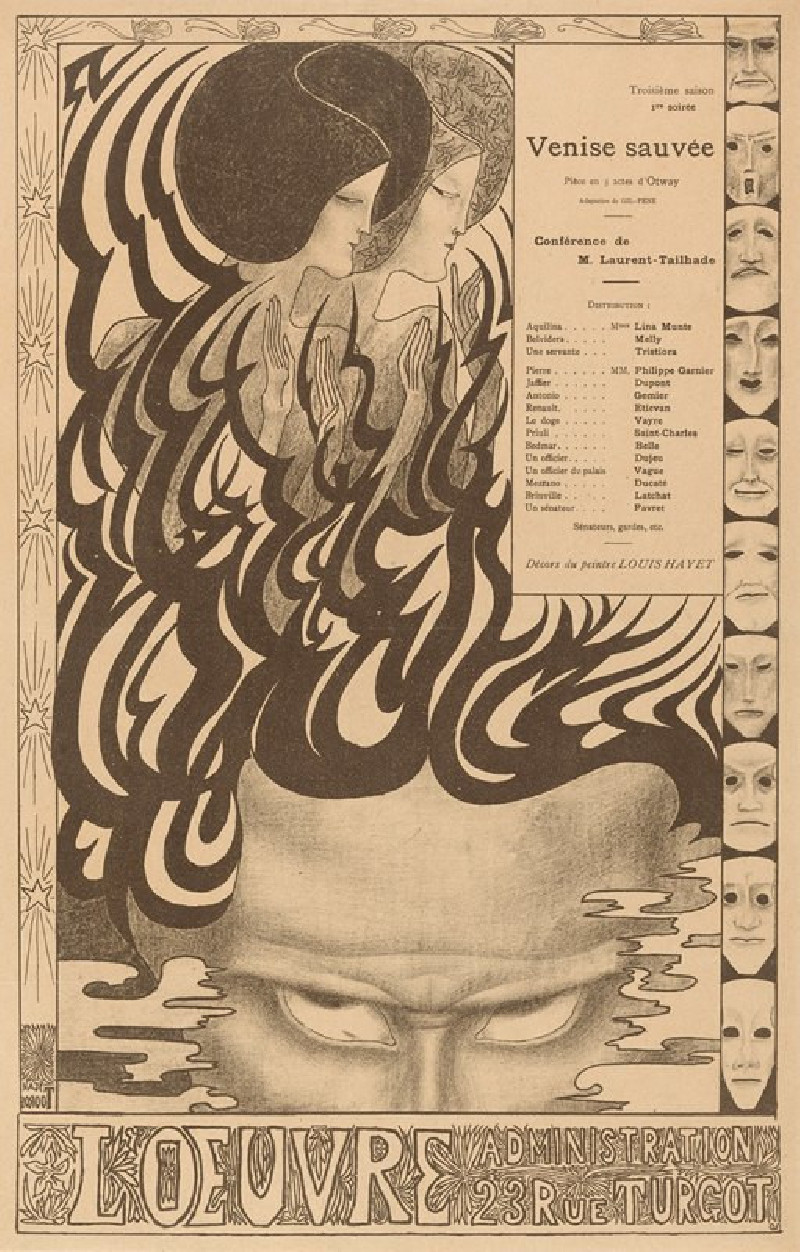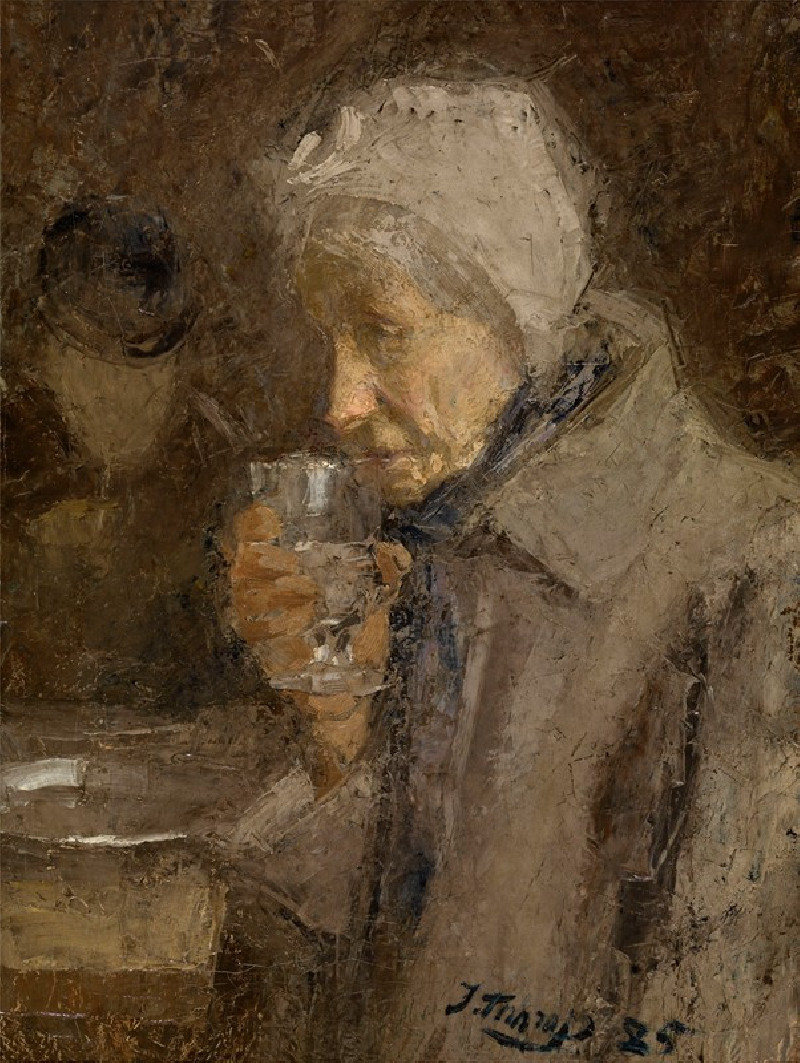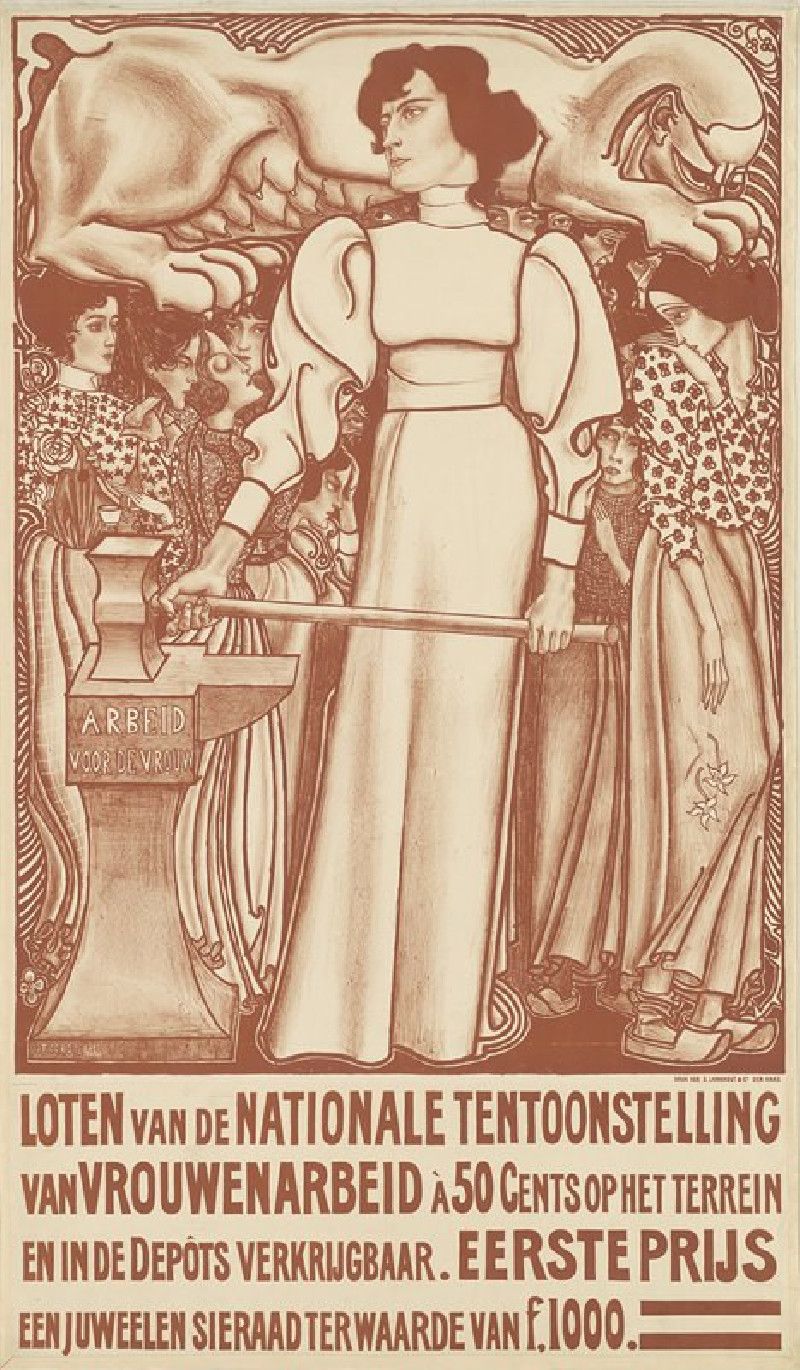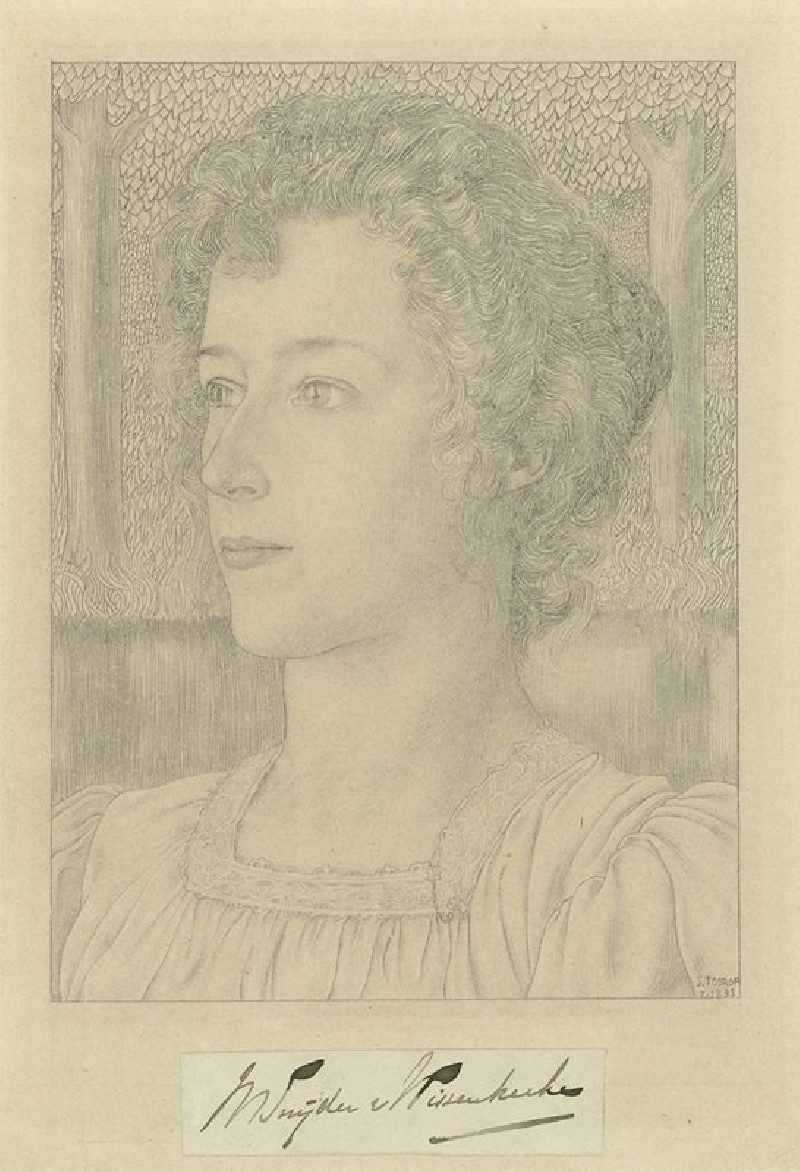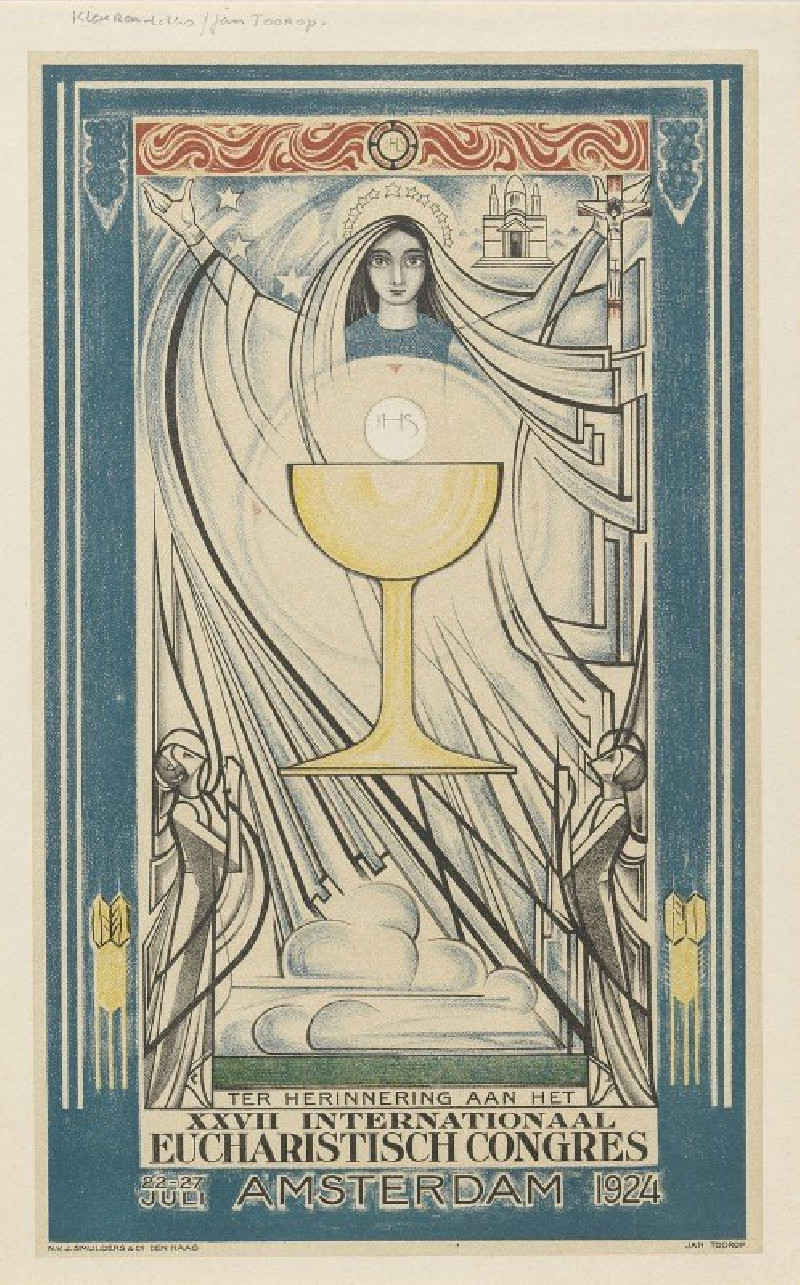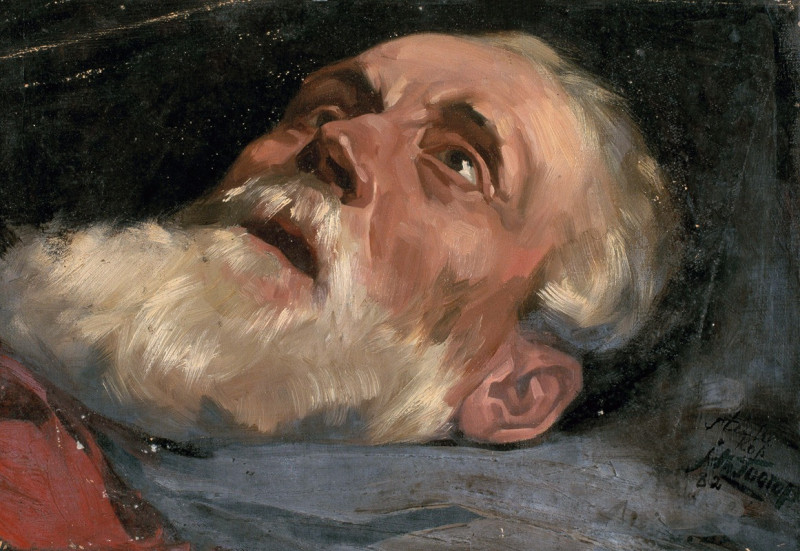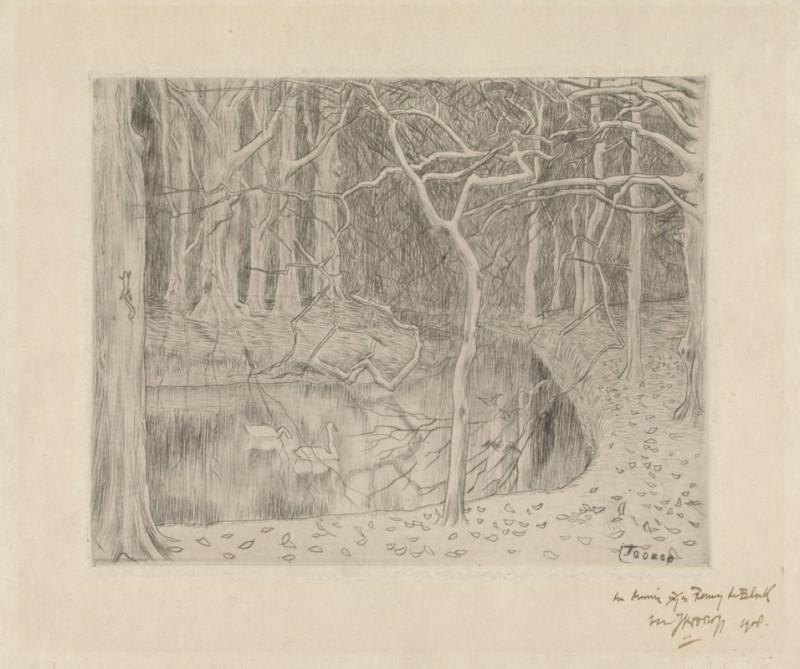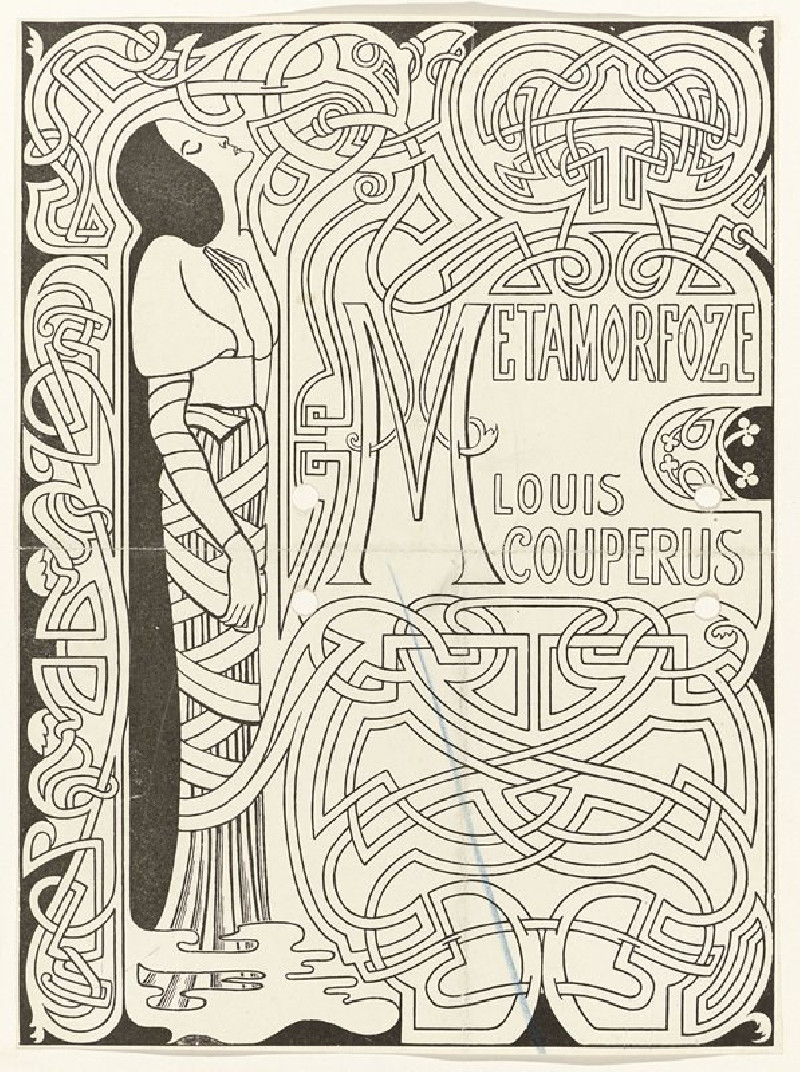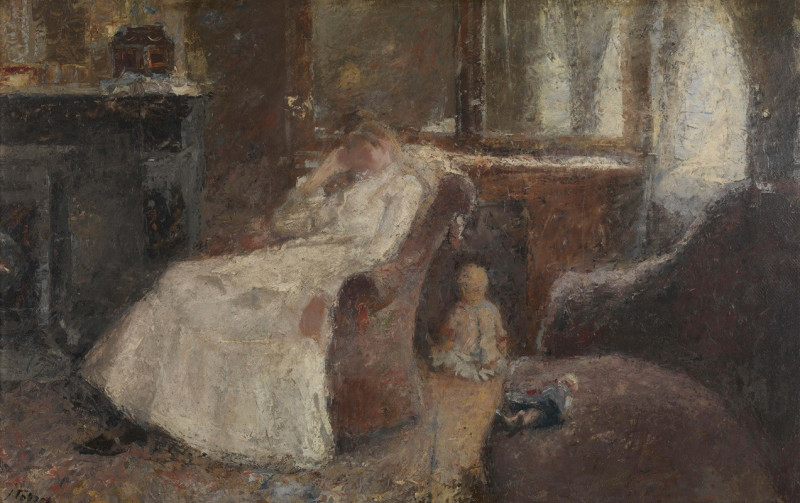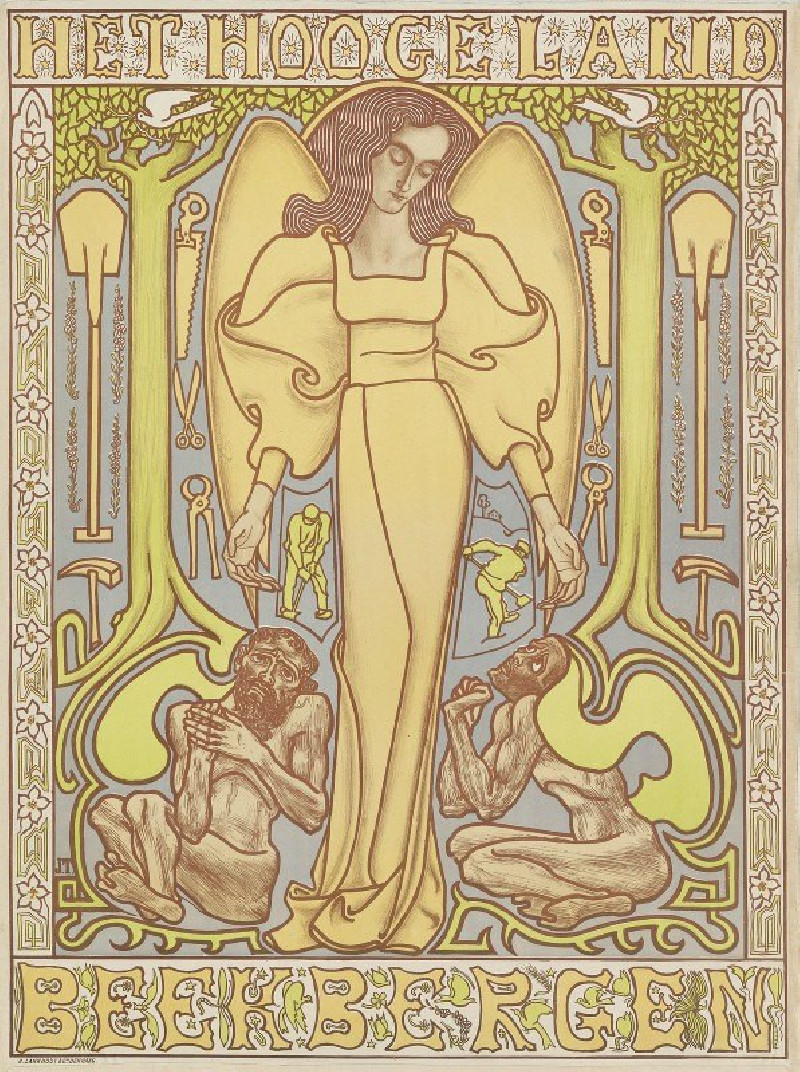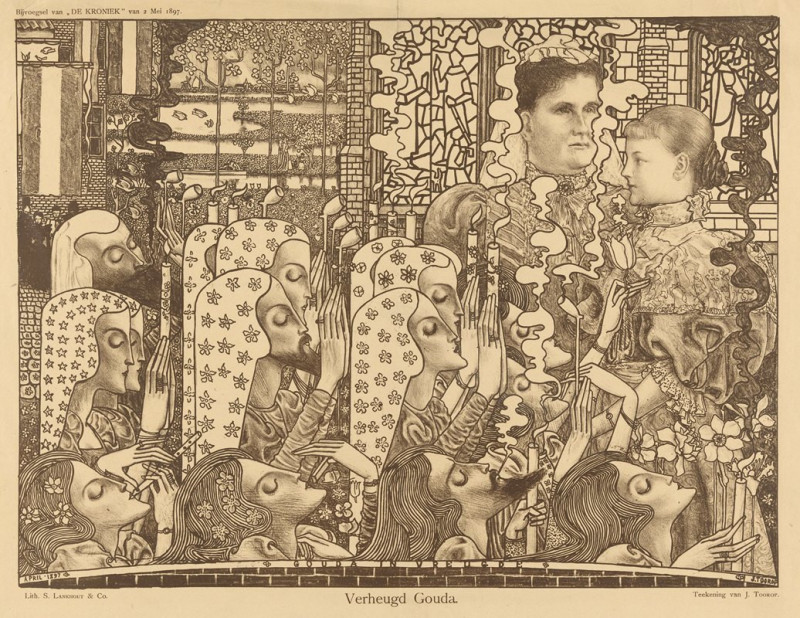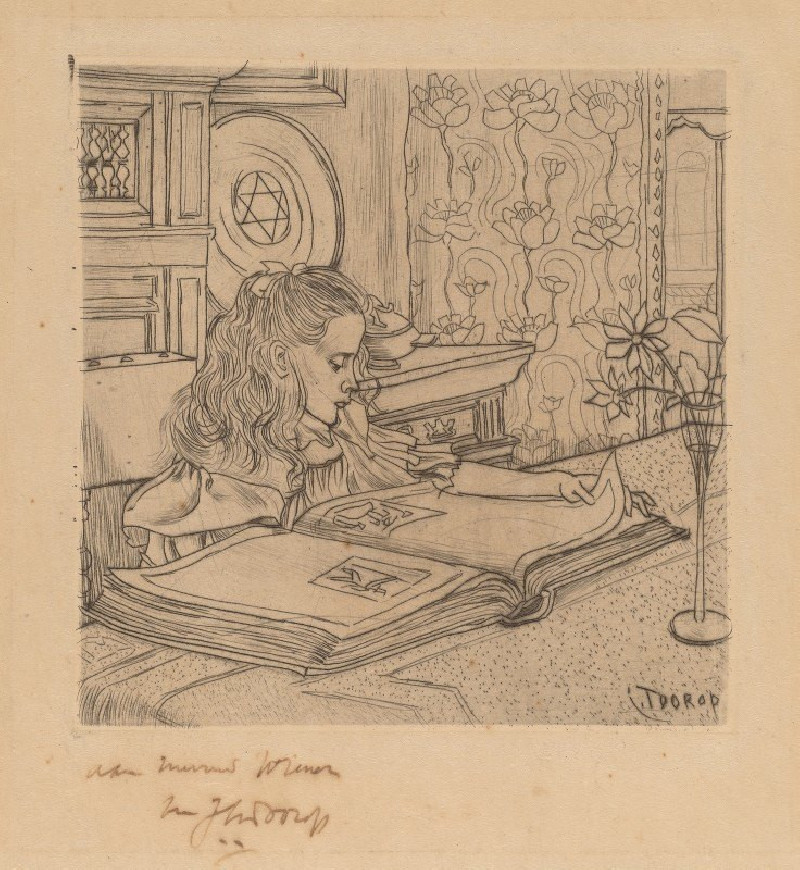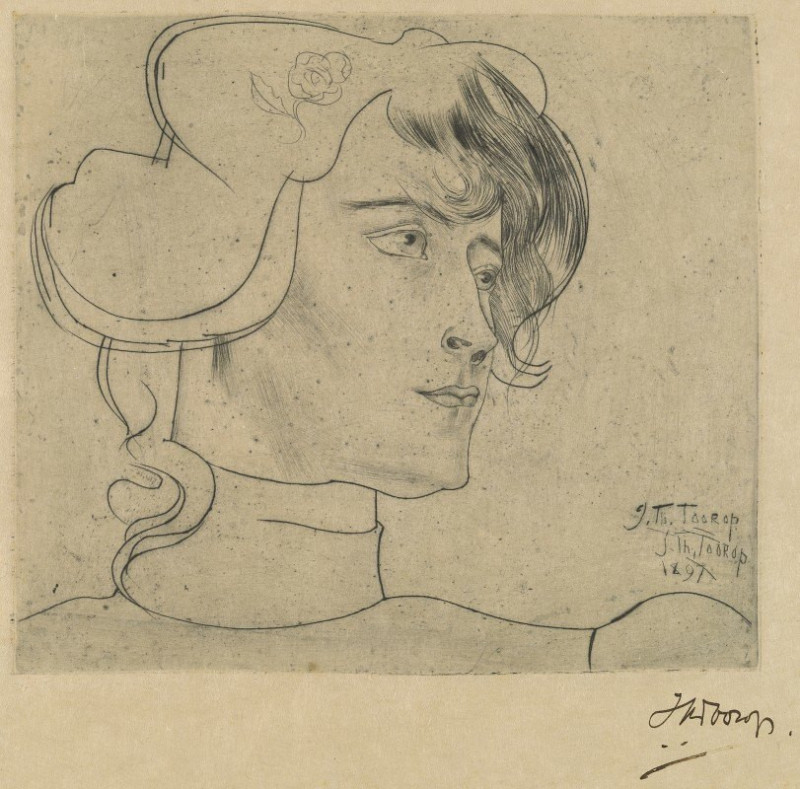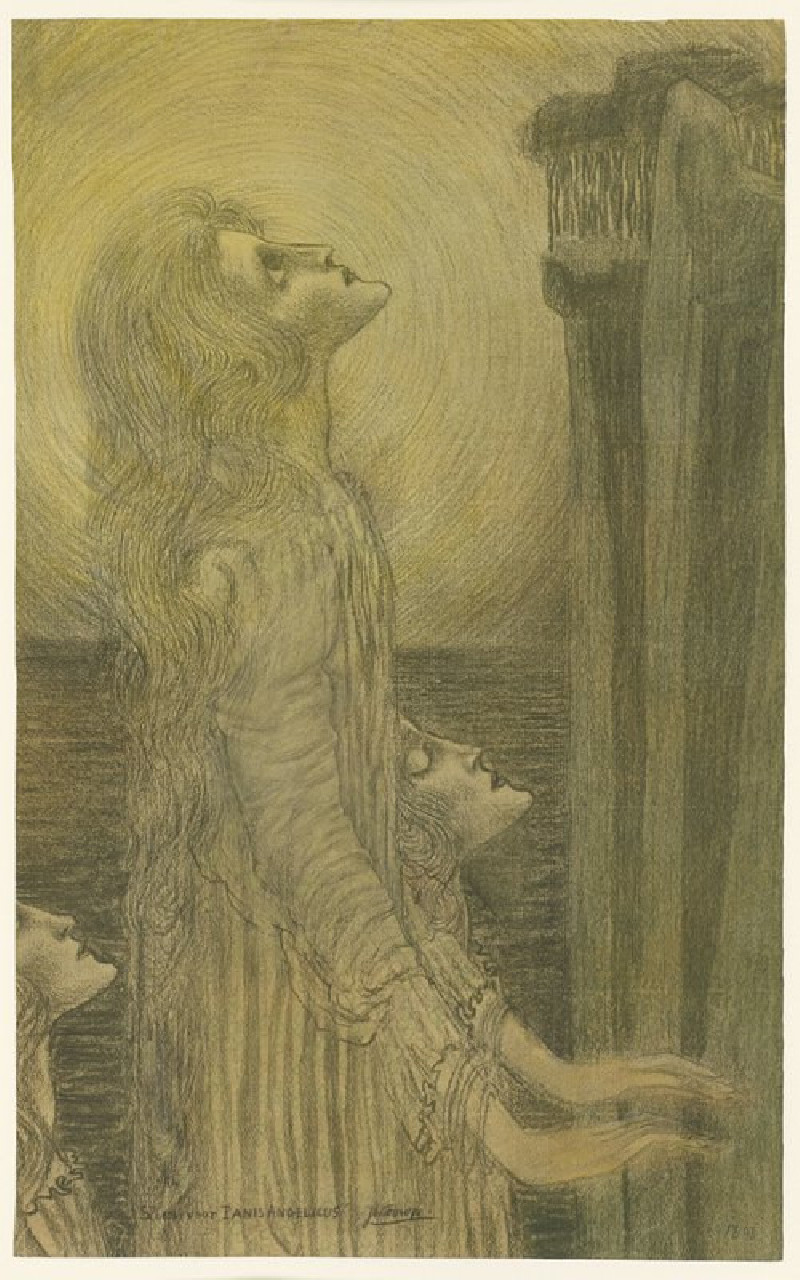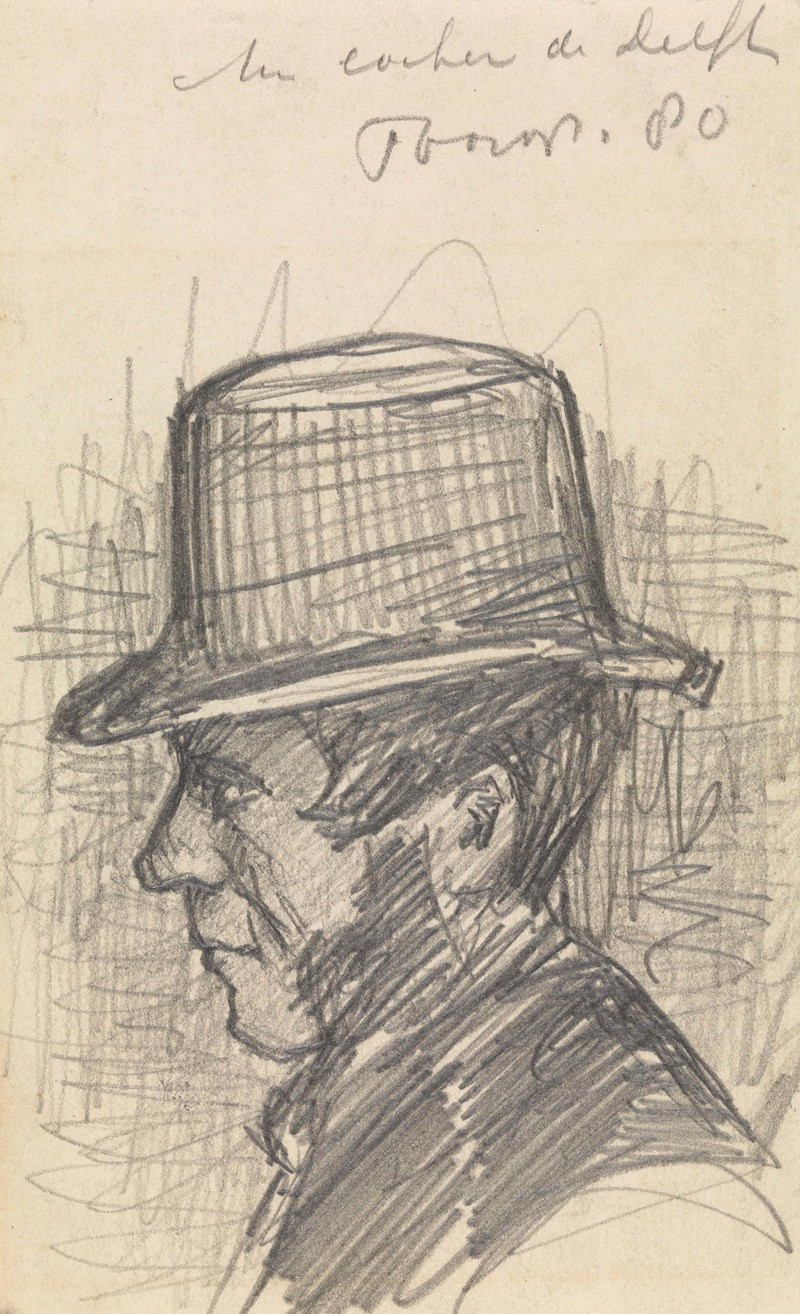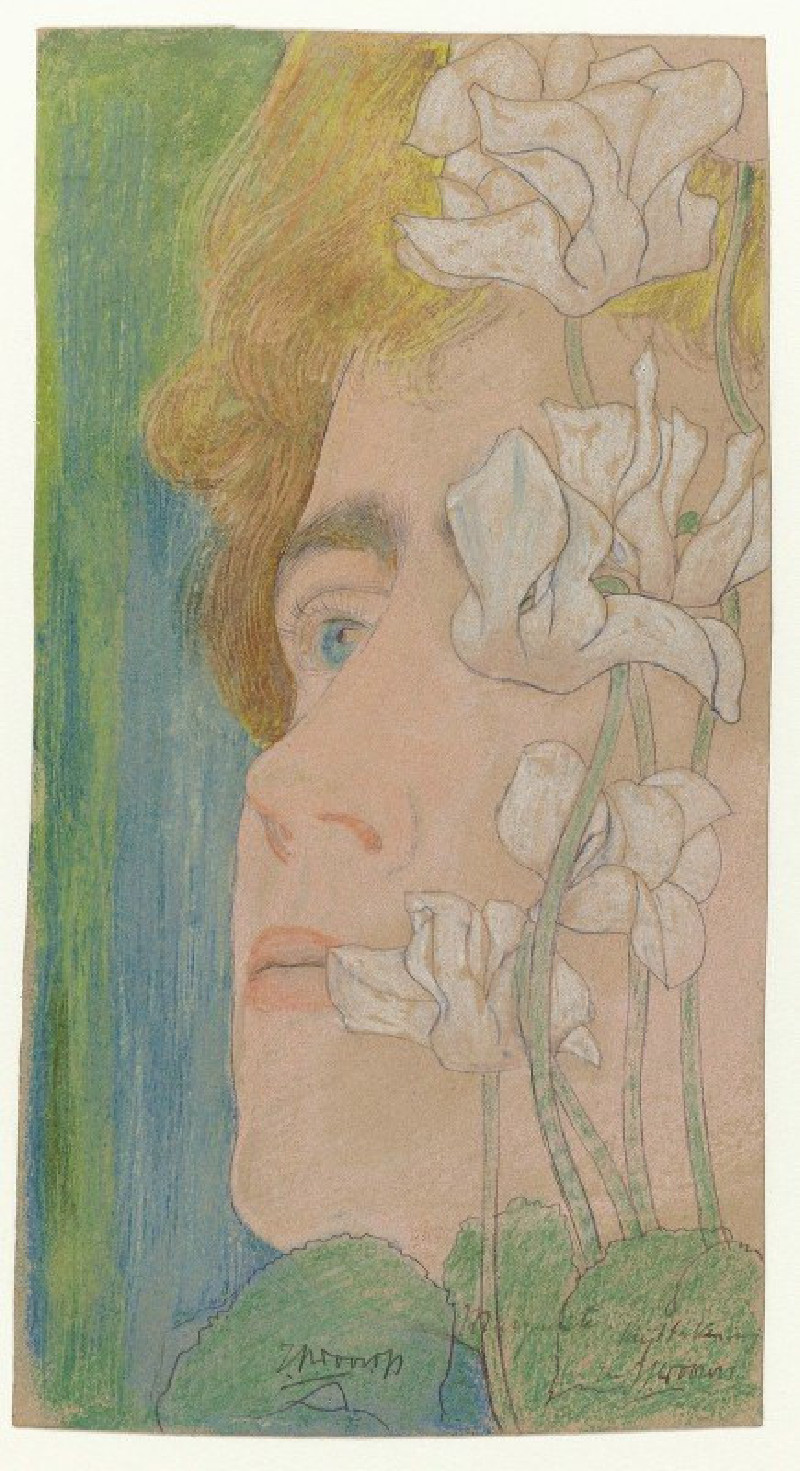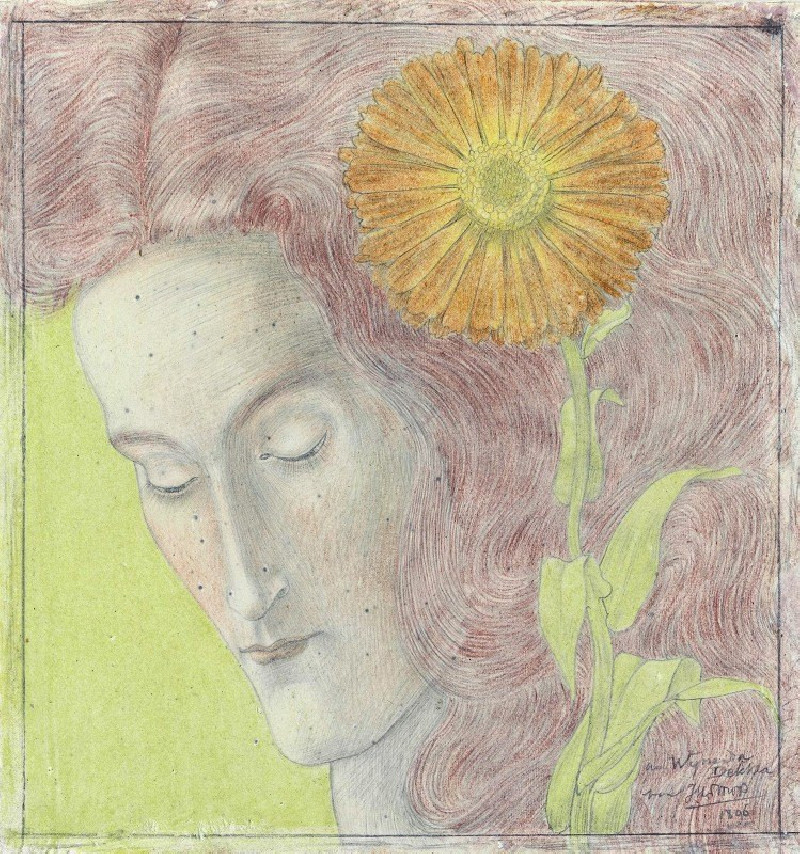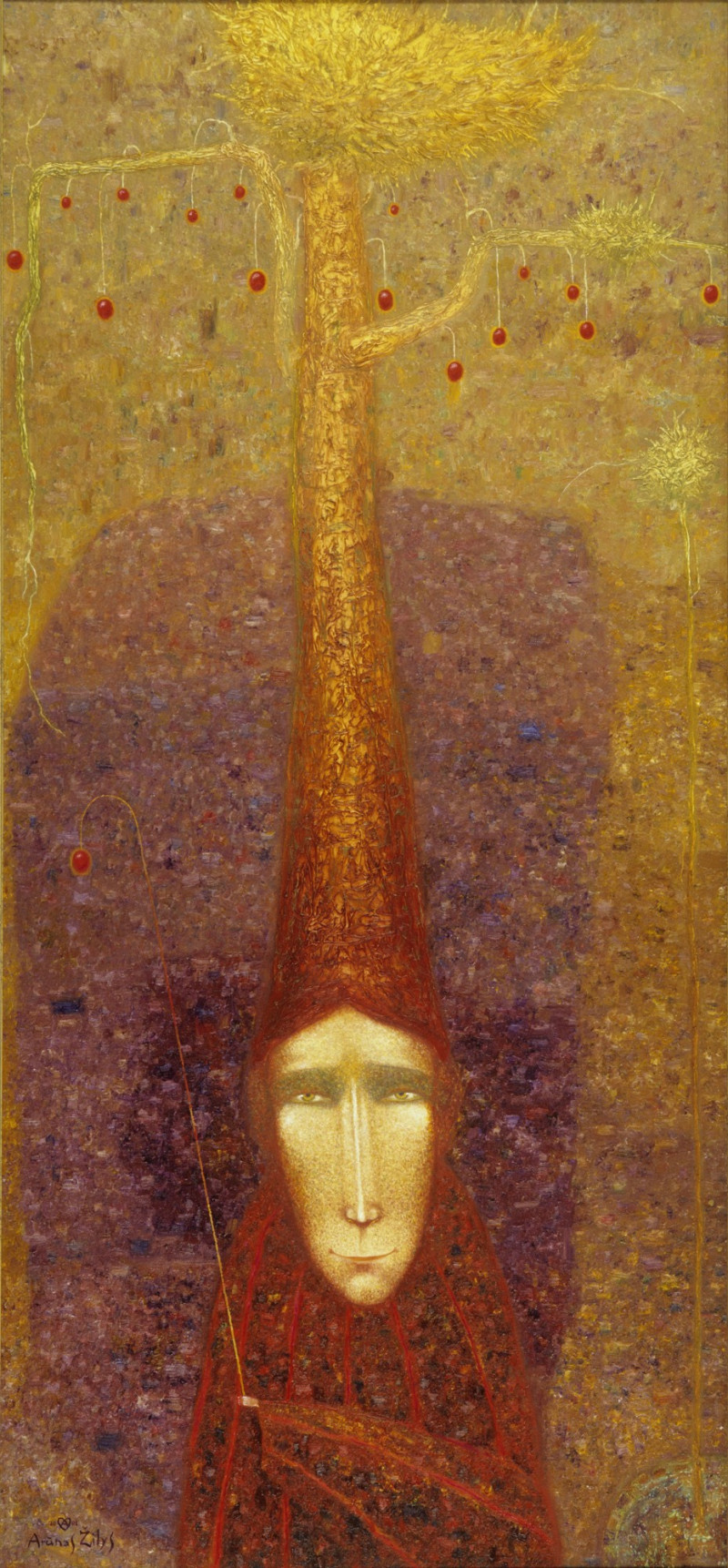Kundry And Parsifal (circa 1895)
More about this artwork
Delivery
Reproductions are made to order and take 5 to 7 working days.
We send them out by courier and delivery takes another two working days.
If you need a reproduction sooner, please contact us - we can usually find a solution and produce it a little faster.
If you don't want to pay for postage, you can pick up your paintings at our galleries in Kaunas or Vilnius.
Returns
Yes, reproductions can be returned.
If you have any doubts more than 30 days after the date of purchase, please contact us - we will take the reproduction back for a refund or offer you a replacement!
We accept a maximum of two returns per customer - please note that we make reproductions to order, so please choose responsibly.
We do not refund shipping expenses.
Jan Toorop (1858–1928) was a 19-century Dutch-Javanese painter who extensively experimented with different artistic styles ranging from Realism, Impressionism, Symbolism and Art Nouveau to Pointillism. He was famous for using highly stylized slim figures and dynamic lines that were influenced by Indonesian motifs and curvilinear lines. His most famous poster artwork “Delft Salad Oil”, commissioned by The Dutch Oil Company, became so iconic that the Dutch Art Nouveau painting style is given the nickname "the salad oil style". Despite the fact that Toorop's expertise was in producing designs for marketing and advertisements, he also produced a number of fine art pieces that dealt with darker subjects including the human physche and emotions.

